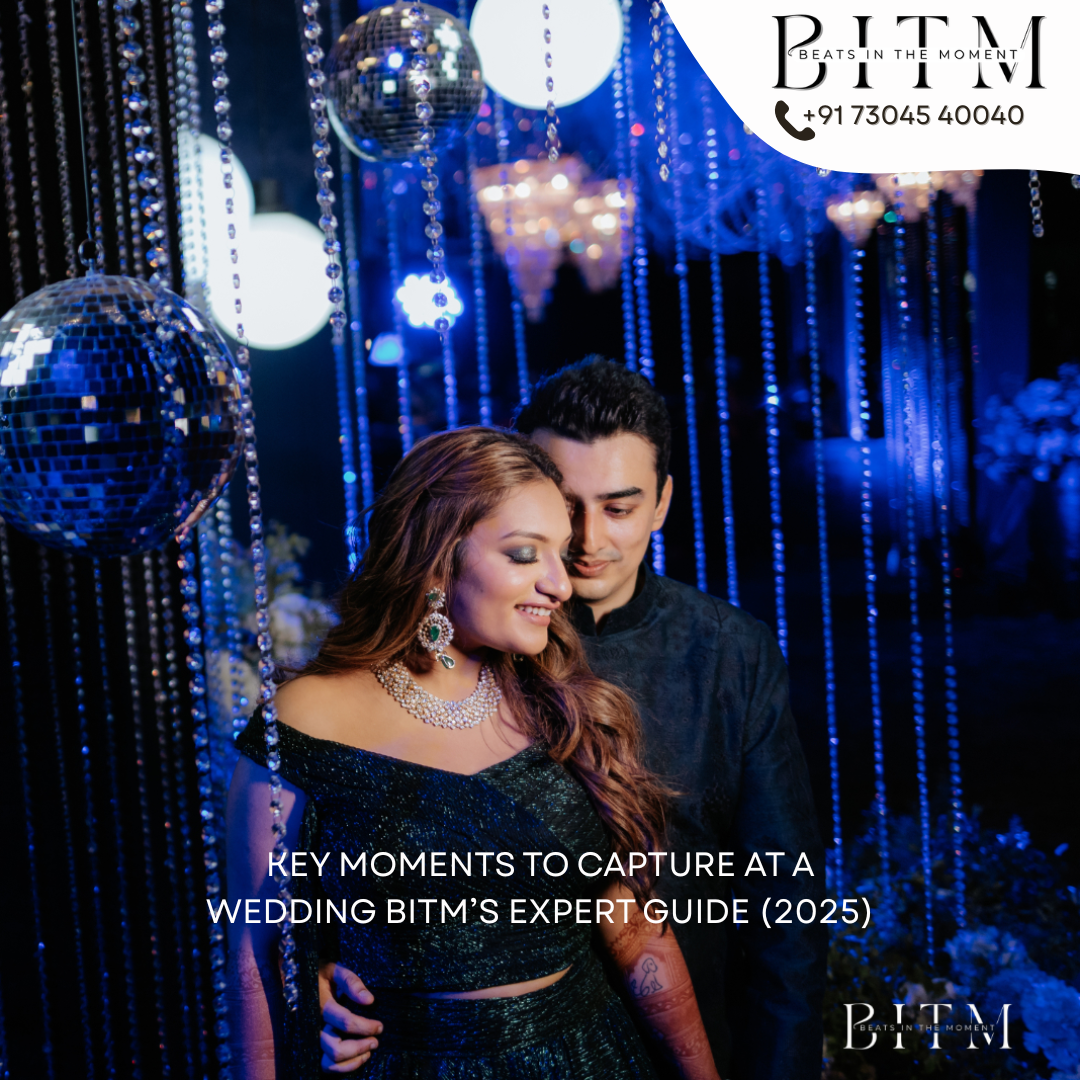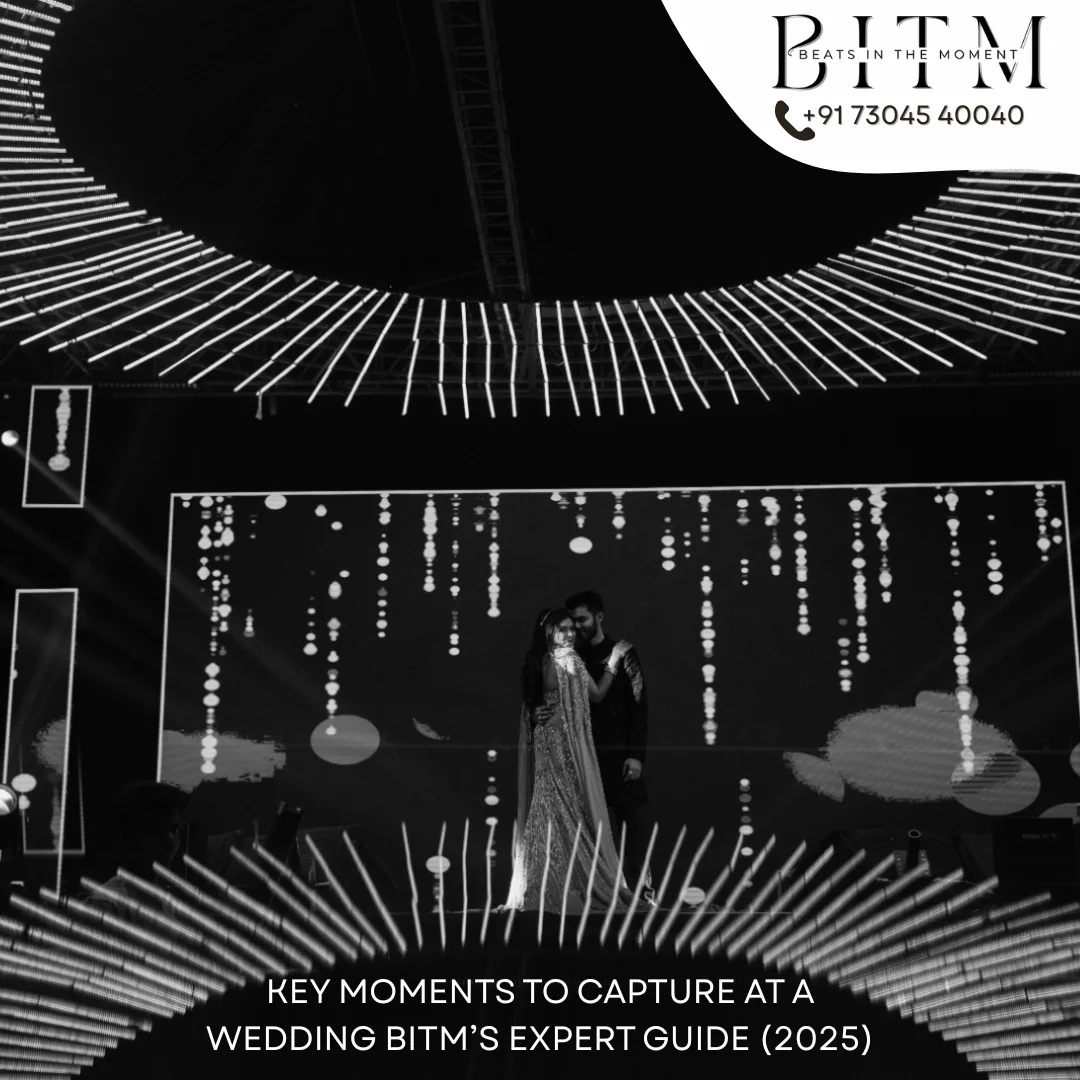Reflections add depth, symmetry, abstraction and surprise to your photos — from glassy lakes to storefront windows and puddles after rain. When you see reflections like a storyteller, not just a mirror, your images gain atmosphere and emotional weight. This guide pairs practical, research-backed tips with a simple creative workflow I call BITM — Beats in the Moment to help you capture stronger reflection photos, consistently.
What is BITM (Beats in the Moment)?
BITM is a four-step, on-the-ground routine you can run through each time you want to capture reflections:
-
B — Build the scene: find the reflective surface + anchor subjects.
-
I — Illuminate intentionally: control light, highlights and the polarizer.
-
T — Time & technique: choose shutter speeds (freeze vs. blur), ND/polarizer use.
-
M — Move & make: change viewpoint, flip or crop for surprising compositions.
Each “beat” helps you make quick creative choices in the field so you don’t miss the moment. The steps below expand into concrete actions and camera settings. (Practical tips in this article are drawn from industry resources and pro guides.)
1) B — Build the scene: spotting and composing reflections
-
Look for surfaces: water (lakes, puddles), glass, polished metal, wet streets, shiny floors, mirrors and even phones/tablets. Train your eye: reflections are everywhere if you search at different heights.
-
Include the real subject and its reflection when possible — this grounds the viewer and creates a story. Alternatively, photograph just the reflection for mystery.
-
Use symmetry and the axis: place the mirror line intentionally (centered for symmetry, or offset for interplay with rule-of-thirds). Combine composition rules — leading lines into a mirrored element work great.
-
Add a foreground anchor (rock, leaf, shoe) to create depth between camera, reflective surface and background.
Quick composition checklist (in the field):
-
Is the reflective surface calm or textured? (calm = crisp mirror, rippled = painterly abstraction).
-
Can I include the subject + reflection in one frame?
-
Does a leading line or foreground element add depth?
2) I — Illuminate intentionally: light, time of day and polarizers
-
Golden/blue hour yields warm or moody reflections; midday might give stronger contrast and glints. Good light helps reflections “read” in the frame.
-
Polarizing filters: normally used to reduce reflections, but by rotating the CPL you can increase or decrease reflectivity to taste — very useful on water and glass. Use a CPL carefully when you want to control how much of the scene the mirror shows.
-
Artificial light & night: city lights and neon create dramatic reflections on wet streets and windows. Expose for highlights; consider bracketed exposures if dynamic range is wide.
Practical lighting tip: When shooting through glass, move slightly to change the angle of incidence and reduce unwanted reflections, or embrace them for creative layering.
3) T — Time & technique: shutter speeds, depth of field and filters
-
Freeze vs. blur: fast shutter speeds freeze crisp reflections on moving water; long exposures smooth water and create dreamlike mirrored surfaces. Use an ND filter for long exposures in daylight.
-
Depth of field: often you’ll want a deep DOF so both subject and reflection are sharp — stop down (f/8–f/16) for landscapes. For abstract/reflection-only images, shallow DOF can isolate shapes.
-
Focus plane trick: remember you’re balancing two distances — camera → reflective surface and reflective surface → subject. Focus testing helps avoid soft reflections.
Camera settings (starting points):
-
Calm water landscape: f/8, ISO 100, shutter varies (1/125–1/250) — bracket if needed.
-
Long exposure water smoothing: f/11–f/16, ISO 50–100, ND filter, shutter 1–30s.
-
Urban night reflections: wide aperture (f/2.8–f/5.6) or tripod + longer shutter; watch highlights.
4) M — Move & make: perspective, flip, and creative edits
-
Change your height: lower the camera to bring foreground reflections into the frame or squat to line up mirror axes. Small shifts can radically alter the reflection.
-
Try the “flip the world” trick: rotate the final image 180° (or shoot tight so the reflection becomes the primary subject) for surreal abstract images.
-
Embrace distortions: ripples and glass warps can add impressionistic textures. Don’t always aim for perfect symmetry — imperfections often make photos feel alive.
Post-processing tips (keep it natural)
-
Global contrast & highlights: adjust to make the reflection read without clipping. Use local dodging/burning to balance the subject and its mirror.
-
Correct perspective distortion when shooting through glass (lens correction or transform tools).
-
Selective clarity (or texture) can make ripples pop; reduce clarity for dreamy long-exposure water.
-
Consider a subtle crop along the mirror axis to perfect symmetry.
10 Creative reflection photo ideas to try (prompt list)
-
Puddle portraits after rain (low angle, subject + reflection).
-
Urban night: neon signs reflected on wet tarmac.
-
In-car window: subject inside + layered cityscape outside.
-
Double-frame: shoot through a shop window + reflection.
-
Mirror portraits for surreal self-portraits.
-
Inverted landscape: shoot and flip for abstract symmetry.
-
Reflections in metal/sculptures for geometric abstracts.
-
Long exposure on a river for dreamy reversed sky.
-
Window reflections at golden hour (soft warmth + glow).
-
Product shots: glossy surfaces for high-end reflections (controlled studio light).
Gear & accessories that help
-
Tripod — essential for long exposures and precise composition.
-
Circular polarizer (CPL) — control reflection strength. Use it creatively to either reduce or enhance reflections.
-
ND filters — for smoothing moving water and creating ethereal mirrored surfaces.
-
Wide-angle lens — frame subject + reflection in tight urban/landscape scenes.
Closing / CTA
Reflections reward the curious — spend time exploring surfaces and perspectives. Next time you’re out, run the BITM beats in order (Build → Illuminate → Time → Move) and shoot at least three variations: a symmetrical framing, a low-angle puddle shot, and one long-exposure water shot. Share your top pick and I’ll give specific edit feedback and a headline-friendly caption for social.
More Blogs :- Click Here








